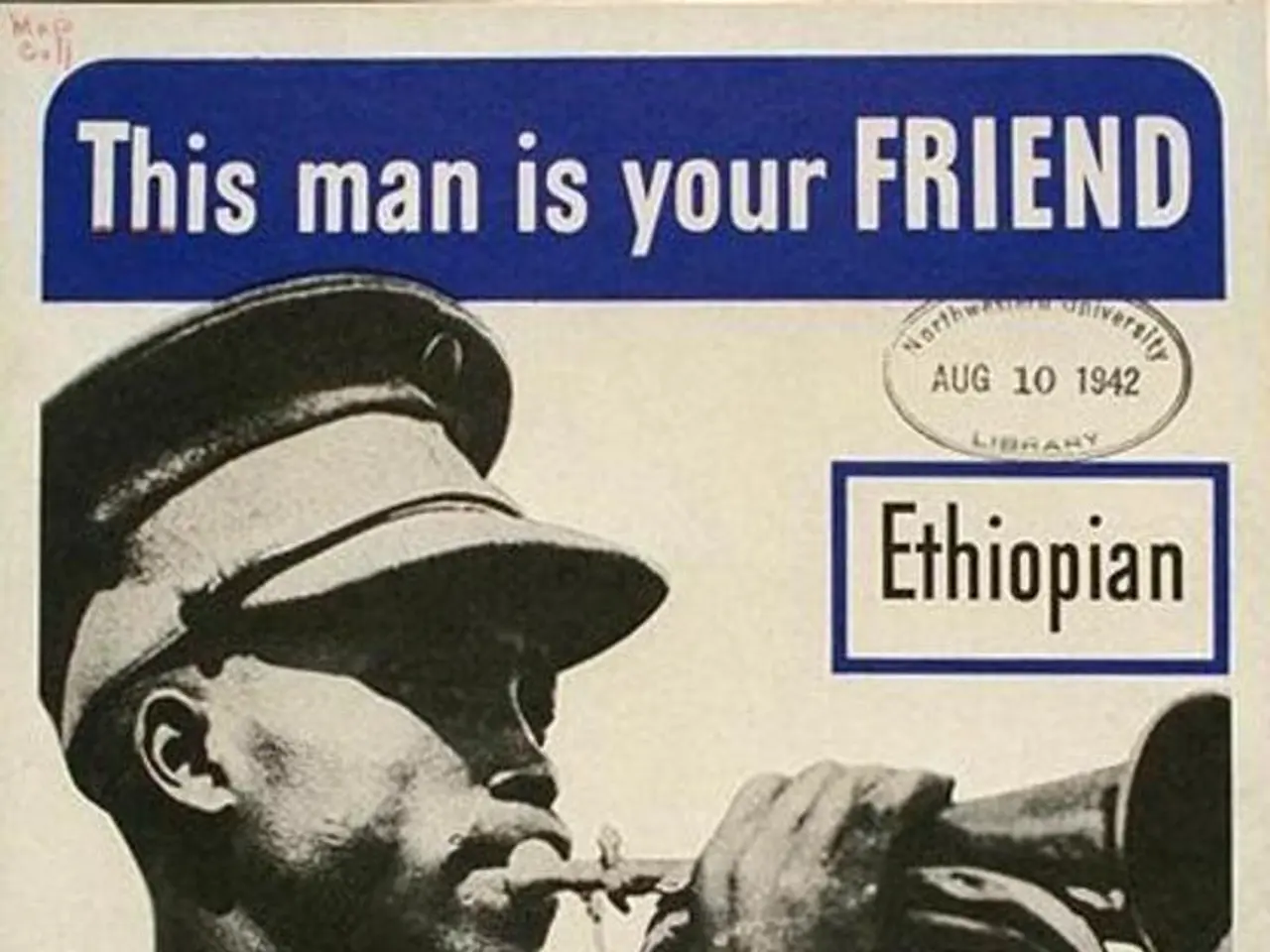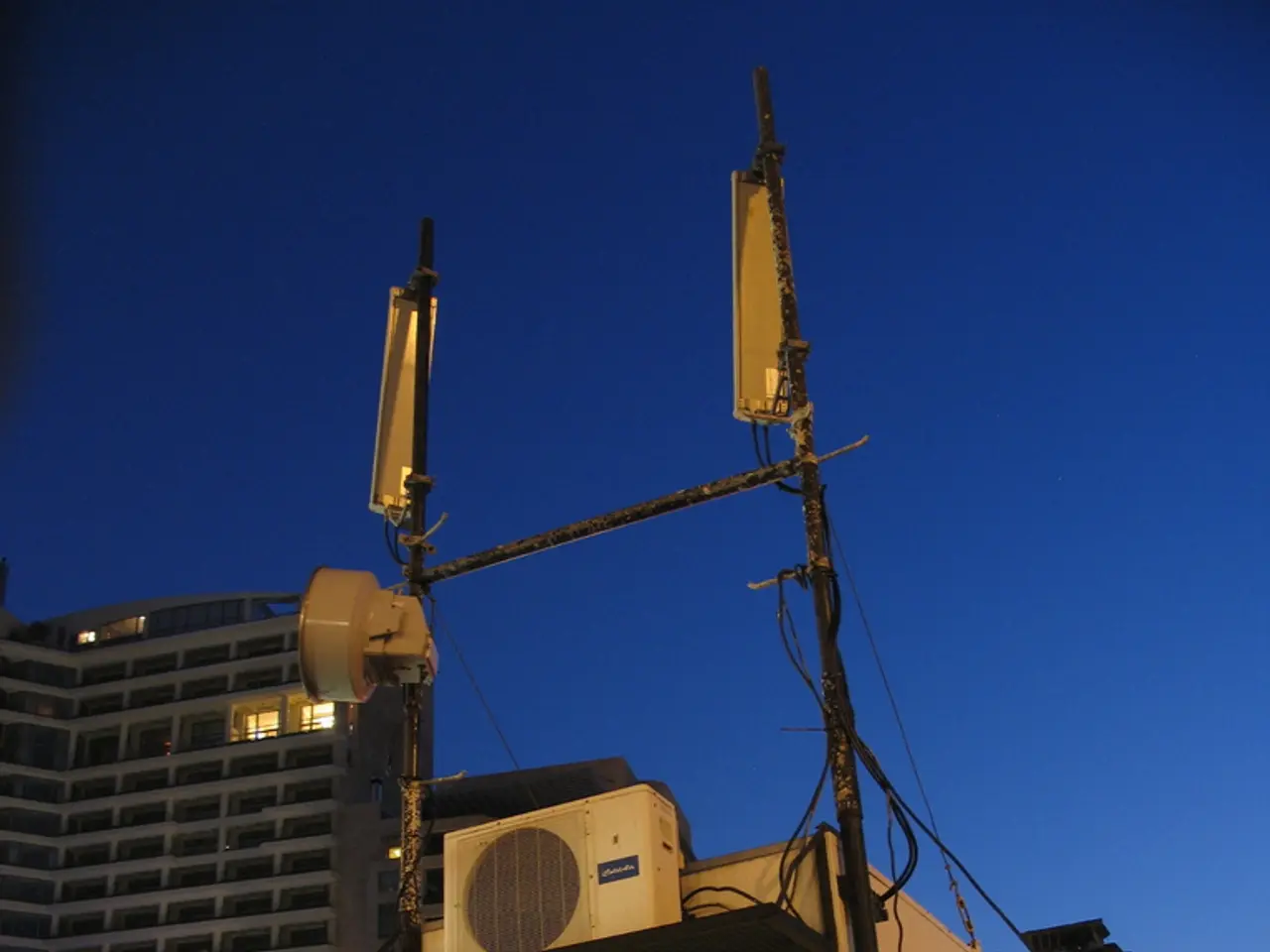Trump Announces Exclusive Trade Deal: Indonesia Secures 'Full Access' Agreement, India Potentially Next
The ongoing trade negotiations between the United States and India are shrouded in uncertainty, with both sides expressing optimism yet facing significant hurdles. U.S. President Donald Trump has claimed that the two countries are "very close" to an agreement, but Indian officials remain tight-lipped about the current draft[1][3].
The potential deal aims to provide U.S. companies greater access to the Indian market and keep tariffs on industrial and agricultural goods below 20 percent[1][3]. However, Indian officials are insistent on signing a deal only when it is fully finalized and in India’s best interest, rather than rushing to meet external deadlines[1][3].
Recent talks have seen Indian Commerce Ministry delegations in the U.S. for a fresh round of discussions[3]. The negotiations are complex, with tariff cuts, market access, non-tariff barriers, and data localization rules all under consideration[2]. The broader context includes the Trump administration’s strategy of imposing reciprocal tariffs on trading partners that do not conclude trade deals, adding pressure on India to finalize the agreement[2].
The comparison of the potential U.S.-India deal to the recent U.S.-Indonesia agreement has raised concerns in India. While increased U.S. access to Indian markets may benefit American businesses, Indian stakeholders are wary of potential negative effects on domestic industries, especially in sensitive sectors like agriculture[2]. There are also broader anxieties about concessions on data localization and non-tariff barriers, which could have implications for digital sovereignty and regulatory autonomy[2].
Key points of contention include tariff levels, market access, non-tariff barriers, and timing. The goal is mutual tariffs below 20 percent, but specifics, especially in agriculture, remain unresolved[1][2]. The U.S. seeks broader entry into India’s markets, mirroring the Indonesia deal, but India insists on pace and terms that protect its interests[1][3]. U.S. pressure to ease quality control requirements and data localization rules is a sensitive issue for India[2]. India is resisting U.S. pressure to conclude a deal by a set deadline, prioritizing thorough negotiation over speed[1][3].
The Indonesian deal, announced on July 16, 2019, grants American businesses full access to Jakarta's markets, with nothing off-limits[4]. The agreement also includes Indonesia dropping tariffs on both agricultural and industrial imports from the United States. The GTRI, a policy think tank in New Delhi, has warned that India may face a 19% tariff wall if it enters into a similar trade agreement as Indonesia, which could expose Indian agriculture and dairy to a flood of duty-free American imports without substantial returns[4].
For India, with a domestic market still navigating post-pandemic inflation and political pressure to protect farmers, the risk of giving away too much is real. The U.S. has floated an August 1 timeline as a soft deadline to seal multiple trade arrangements, and the real threat is that if no agreement is reached, tariff levels will snap back to what they were on April 2[2].
As the negotiations continue, all eyes are on what comes next in the U.S.-India trade negotiations. The potential deal could significantly reshape the trade landscape between the two countries, but Indian negotiators are holding firm, especially on agriculture[2]. The GTRI has warned that India must tread carefully, as the Trump camp is known for unilateral declarations that often leap ahead of actual negotiations[4].
The ongoing trade negotiations between the United States and India, falling under the realm of policy-and-legislation, have stirred up intense politics, as both sides express optimism yet confront significant hurdles. The broader news context reveals the Trump administration's strategy of imposing reciprocal tariffs on trading partners, adding pressure on India to finalize the agreement swiftly.
As the talks progress, with numerous complex issues, such as tariff cuts, market access, non-tariff barriers, and data localization rules under consideration, Indian officials remain resolved to prioritize the general-news factor of ensuring the deal is fully finalized and aligned with their best interests, rather than rushing to meet external deadlines.







